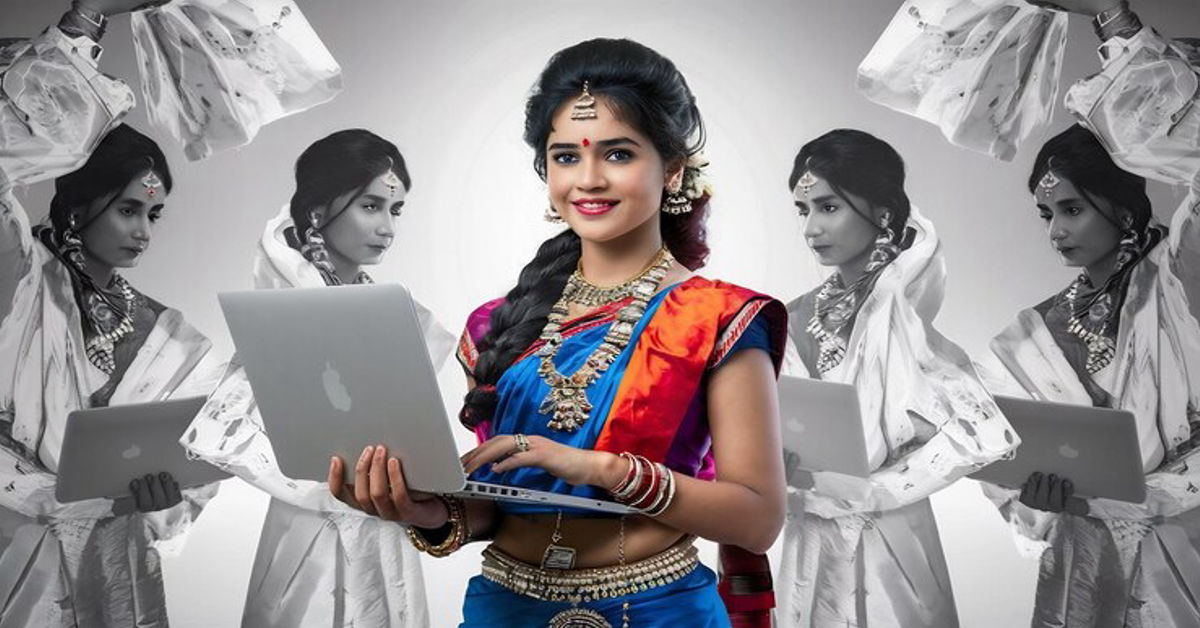Storytelling is one of the oldest forms of cultural expression. In Bengal, literature has long been a medium of emotion, drama and sometimes, taboo. Among various genres, Bangla Choti has evolved as a controversial yet captivating form of erotic storytelling. With digital transformation and open publishing platforms, this genre has taken on a new identity, reaching broader audiences than ever before.
This article explores what Bangla Choti is, why it’s popular, and what cultural and digital trends have influenced its growth. We aim to provide a balanced, informative, and humanized look into this phenomenon, offering insights for both curious readers and content researchers.
What is Bangla Choti?
Bangla Choti refers to short, erotic stories written in the Bengali language. These stories are typically fictional and revolve around intimate, personal, or taboo scenarios. Originating from a mix of cultural storytelling and underground erotica, this genre now thrives online, especially on blogs, forums, and user-generated platforms.
Cultural Significance of Erotic Literature
Erotic literature isn’t a new concept. From ancient Sanskrit texts to classical Arabic poetry, cultures across the globe have embraced sensual storytelling. In Bengal, the tradition of incorporating intimate themes in literature can be traced back to folk songs, rural plays, and even early modern Bengali novels.
Bangla Choti plays a role in continuing that tradition—though it walks a fine line between creative expression and taboo.
Historical Context and Origins
The roots of Bangla Choti can be traced back to local storytelling traditions where tales about love, desire, and secrecy were passed through generations. However, the printed form of erotic stories began appearing in the mid-20th century in pocket books and local magazines.
These stories were often circulated secretly among friends, reflecting both the interest and the social stigma associated with reading adult content.
The Rise of Digital Platforms and Story Sharing
The internet has changed everything about how stories are shared and consumed. Platforms like Medium.com and local Bengali forums have become hubs for writers and readers of Bangla Choti. The anonymity and accessibility offered by digital media have allowed both amateur and seasoned writers to share their work freely.
Mobile-first platforms and social media have further accelerated this trend, reaching younger demographics and allowing instant feedback from readers.
Psychological and Social Impact
Why do people read Bangla Choti? It’s not just about titillation. These stories often serve as a form of escapism, offering an outlet for curiosity and fantasy. For some, it’s a way to understand human behavior and emotion in complex, exaggerated scenarios.
On the other hand, critics argue that the unchecked spread of such content may shape unrealistic perceptions of relationships or intimacy, especially among younger readers.
Themes Commonly Found in Bangla Choti Stories
Though stories vary, some recurring themes are observed:
- Forbidden relationships
- Extramarital affairs
- Rural versus urban lifestyle contrasts
- Exploration of power dynamics
- Emotional manipulation and resolution
These themes resonate because they blend drama, suspense, and moral complexity into the narrative, keeping readers hooked.
Legal and Ethical Considerations
In many countries, erotic content is regulated by age restrictions and content warnings. However, digital publishing has blurred those boundaries. Writers and readers must be cautious about the content they produce or consume, ensuring that it abides by national laws and community guidelines.
Also, there’s an ethical angle to consider—respecting privacy, avoiding non-consensual depictions, and being mindful of cultural sensitivities.
Role of Medium.com and Other Platforms
Medium.com has emerged as a preferred platform for thoughtful, well-crafted storytelling. Some users utilize it to share mature content under pseudonyms. Unlike open forums, Medium emphasizes structure, readability, and narrative depth—qualities that can elevate even a Bangla Choti story to literary merit.
Still, Medium maintains content policies, so stories must avoid explicitness that crosses into inappropriate territory.
Reader Demographics and Audience Insights
Understanding the readers is key to understanding the popularity of Bangla Choti. Based on various online data:
| Demographic | Insight |
| Age Group | Mostly 18-35 |
| Gender | Predominantly male, but female readership growing |
| Location | India, Bangladesh, UAE (Bengali diaspora) |
| Platform Usage | Mobile > Desktop |
| Reading Time Preference | Night-time reading peaks |
This data indicates that Bangla Choti appeals to a tech-savvy, diverse, and global audience.
Criticism and Controversy
Like all genres dealing with intimate themes, Bangla Choti has its critics. Some label it vulgar, while others question its literary value. Educational institutions and parents often express concern about youth exposure to adult content without context or guidance.
However, supporters argue that it is a form of free expression and should be evaluated based on writing quality and story depth, not just subject matter.
Writing Style and Narrative Techniques
Bangla Choti stories are often written in the first person, creating intimacy between narrator and reader. The tone can range from romantic and poetic to raw and direct, depending on the author’s intent.
Key writing techniques include:
- Cliffhangers at the end of scenes
- Dialogues that reveal character psychology
- Descriptive language for setting mood
- Flashbacks and layered timelines
Some stories are episodic, creating a serialized reading experience that draws readers back regularly.
Community and Content Creation
Bangla Choti isn’t just about writing and reading—it’s about community. Writers share ideas, request feedback, and sometimes collaborate. Online groups and forums allow discussions around plot ideas, character development, and even ethical storytelling.
Moderation and peer feedback help maintain some quality control, even in a largely unregulated space.
Comparative Study: Global Erotic Literature
Bangla Choti is part of a larger global tapestry. Similar genres exist in other languages—Japanese light erotica, Western romance novels, and French confessional literature.
Each reflects unique cultural attitudes toward intimacy and storytelling, but the underlying human emotions—curiosity, desire, vulnerability—are universal.
Future Trends in Online Erotic Storytelling
As storytelling tools evolve, Bangla Choti is likely to change too. Emerging trends include:
- Audio storytelling or narrated versions
- AI-assisted story prompts
- Integration with chat platforms
- Interactive fiction where readers choose plot directions
- Use of platforms like podcasts and serialized newsletters
This shift opens new creative possibilities and new responsibilities for content creators to ensure stories remain responsible and engaging.
Conclusion
Bangla Choti as a genre sits at the intersection of culture, curiosity and digital freedom. While it may face criticism and legal scrutiny, its existence also reflects deeper human needs for connection, exploration, and storytelling. When created responsibly and read with context, it can be more than just erotica—it can be a mirror to society’s complex relationship with desire and expression.
Writers should aim for authenticity and narrative richness, while readers must approach the genre with maturity and discernment.
FAQ
What does Bangla Choti mean?
It refers to short erotic stories written in Bengali, typically featuring fictional and mature content.
Are these stories legal to read?
If the content respects age restrictions and legal guidelines, then yes. However, always make sure to follow local laws.
Who writes Bangla Choti?
Anyone can write these stories—from amateur writers to professionals. Many use pseudonyms and publish on open platforms.
Why are these stories popular online?
The anonymity, accessibility, and cultural resonance make them widely read across Bengali-speaking communities.
Is there any educational or literary value?
Some stories explore deep emotional and psychological themes. When crafted well, they can hold literary merit and spark important conversations.











